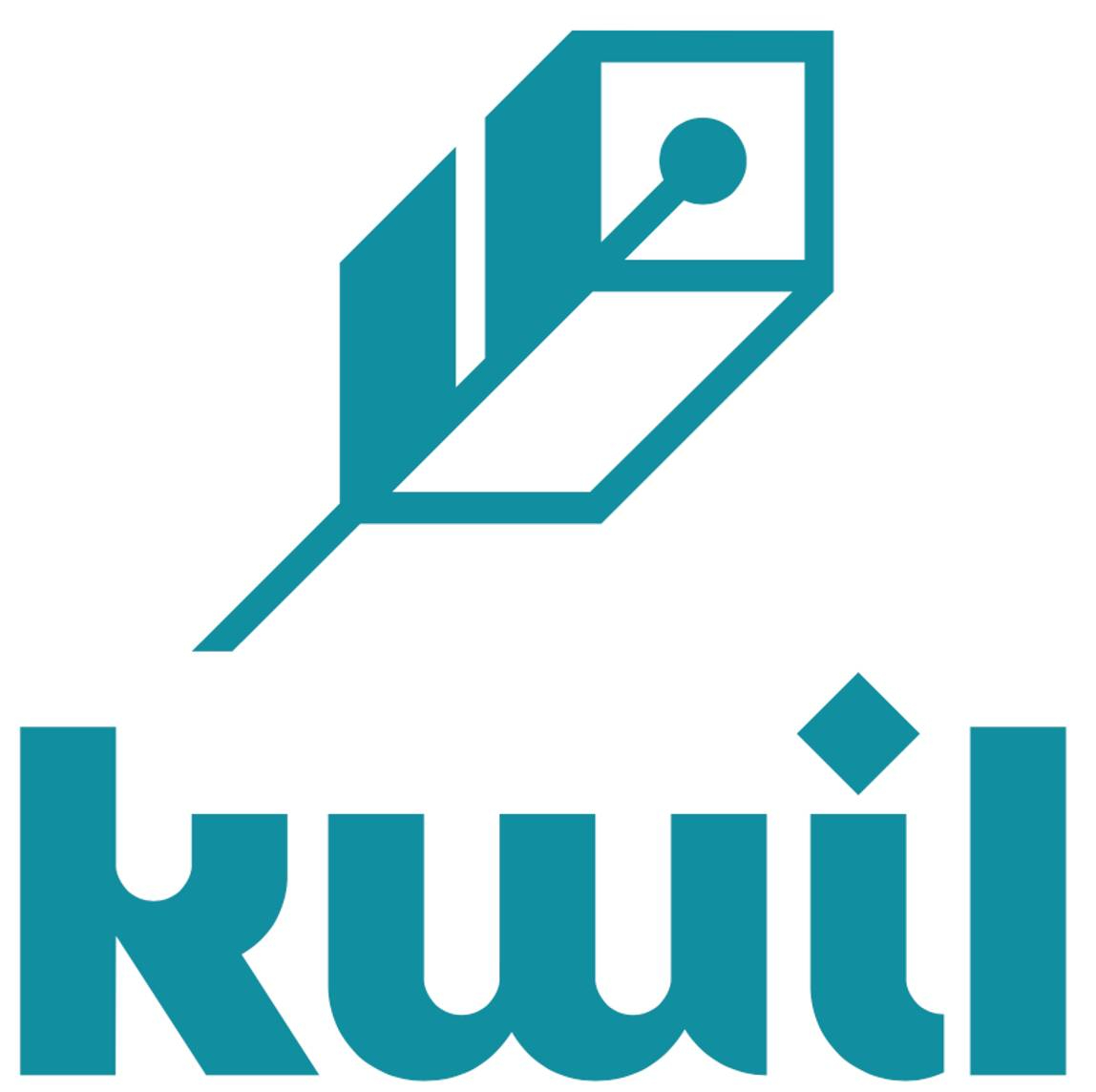Audio Presented by

Kwil is a framework for deploying relational databases as decentralized, byzantine fault tolerant networks.
Story's Credibility





About Author
Kwil is a framework for deploying relational databases as decentralized, byzantine fault tolerant networks.